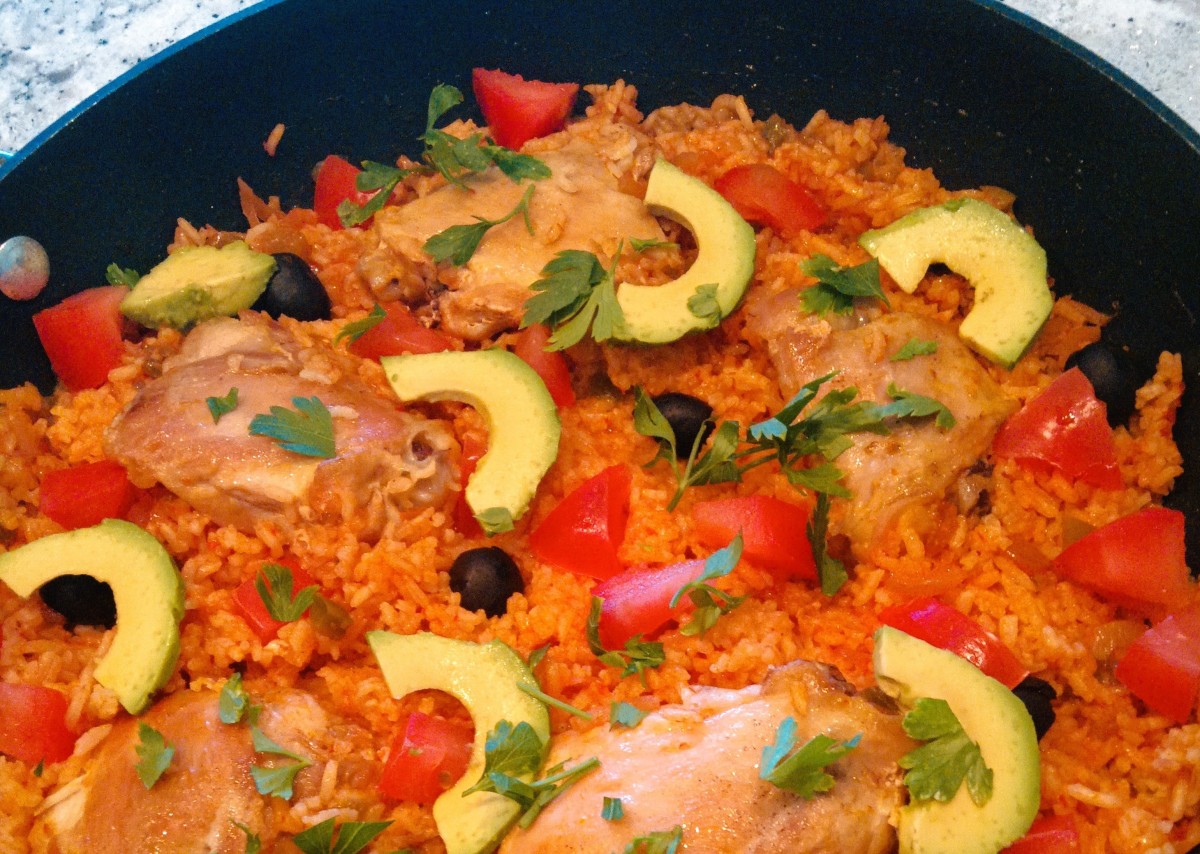
It Began With Half an Avocado
In my corner of the world, avocados are ridiculously, outrageously expensive. And, if you've been reading my articles for a while, you know that thrifty is my middle name. Waste nothing ... not even half of an avocado.
I was faced with that dilemma a few days ago. Half an avocado in need of a good home/recipe. Salad is the obvious (easy) choice, but I don't do easy. Here's what I came up with.
Tex-Mex Chicken Thighs and Rice
Ingredients
- 6 skinless chicken thighs, bone-in
- 1/2 teaspoon salt
- 1/4 teaspoon black pepper
- 1 tablespoon olive oil
- 2 cloves garlic, chopped
- 1/2 onion, diced (about 1/2 cup)
- 1 1/3 cups uncooked long-grain rice
- 1 cup salsa (mild or medium, depending on how spicy you like it)
- 2 cups chicken broth
- 1 teaspoon ground cumin
- 1/4 cup black olives, optional
- 1/4 cup fresh cilantro, chopped
- sour cream and avocado to garnish (optional)
Instructions
- Season the chicken with salt and pepper. Heat the oil in a large, deep cast iron skillet/or pan (over 30 cm or 12-inches) over medium-high heat. Add the chicken and as soon as it begins to sizzle, turn the heat down to low and cook uncovered. We're going to cook these thighs low and slow, creating browning which equals flavor. After 10 minutes the thighs should be golden on one side.
- Increase the heat to medium-high once again. Turn each thigh and when you hear the sizzle, reduce the heat to low once again. Continue to cook until the 2nd side of the chicken is golden. Transfer the chicken to a warm plate.
- Add the onion to the pan and increase the heat to medium; fry for about 3 minutes or until the onion is translucent. Next, add the garlic to the pan; stir and cook for 30 seconds. Stir in the rice, salsa, chicken broth, cumin, and olives if using.
- Place chicken thighs on top of the rice. Bring to a boil; rotate the chicken in the salsa sauce to coat. Reduce the heat to low and cover with a lid. Cook for 20 minutes or until the rice is tender and the liquid is absorbed. Add an extra 1/4 cup of water only if needed (if the rice hasn't cooked fully).
- Garnish with cilantro, sour cream, and avocado if desired.




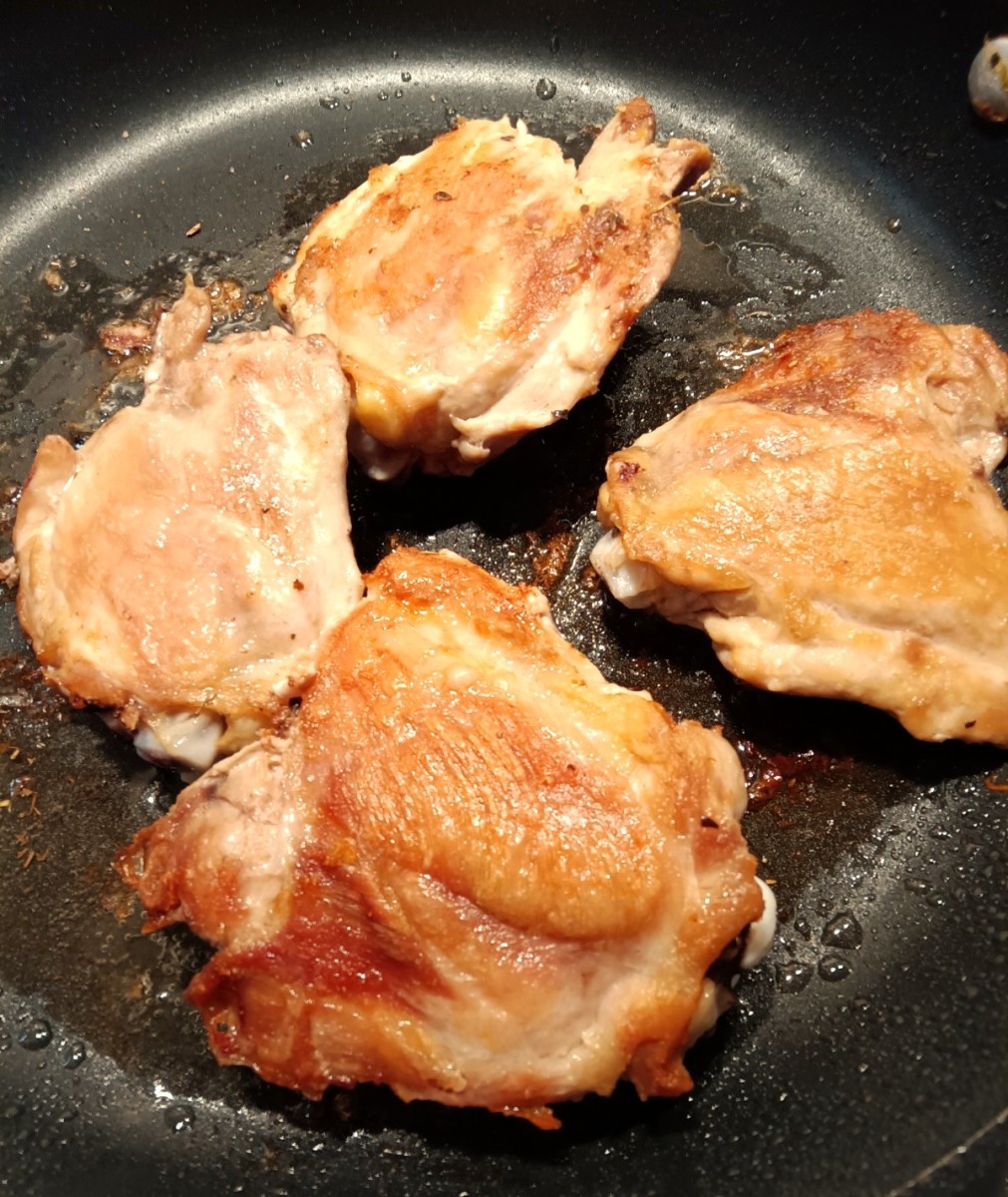
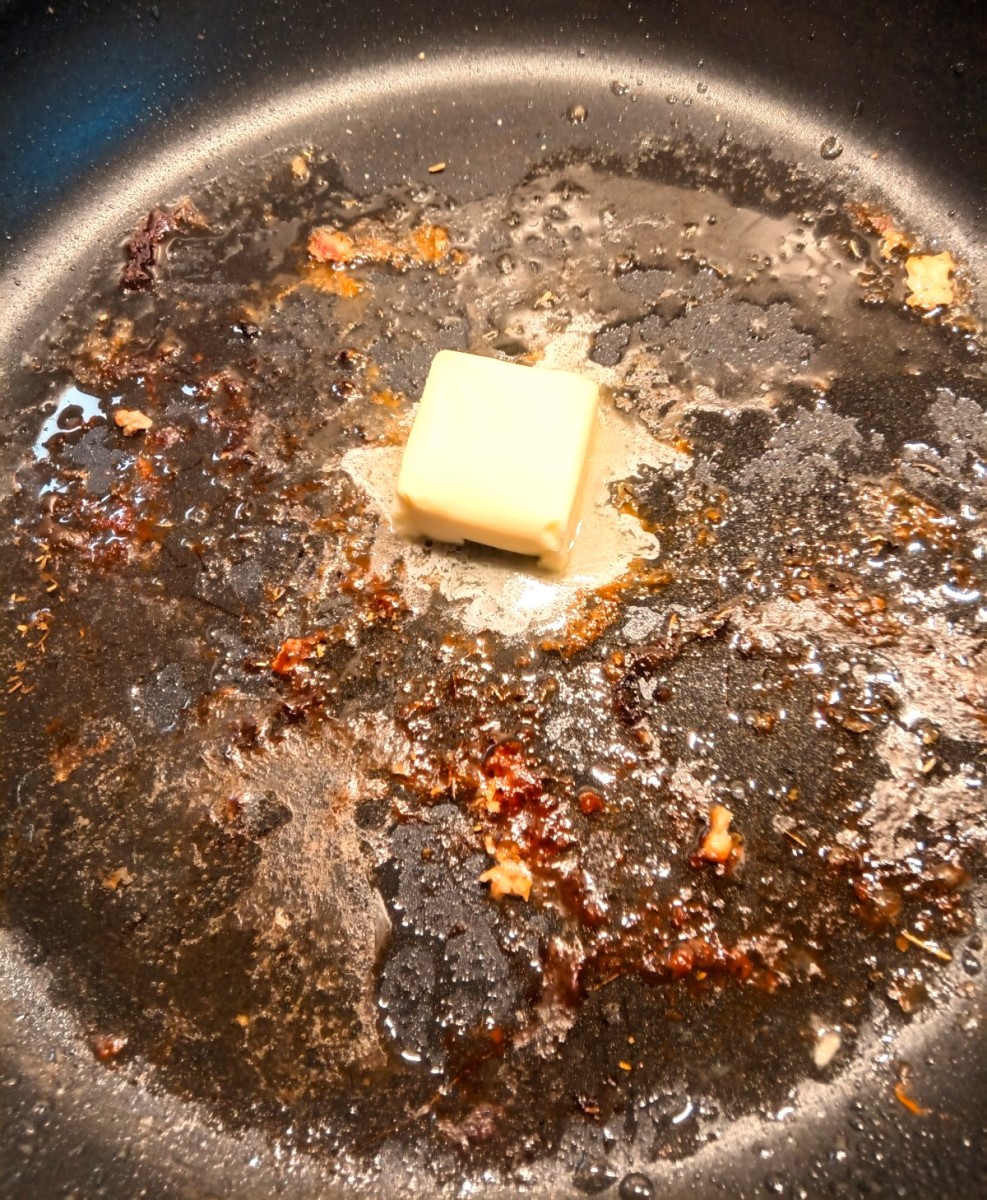
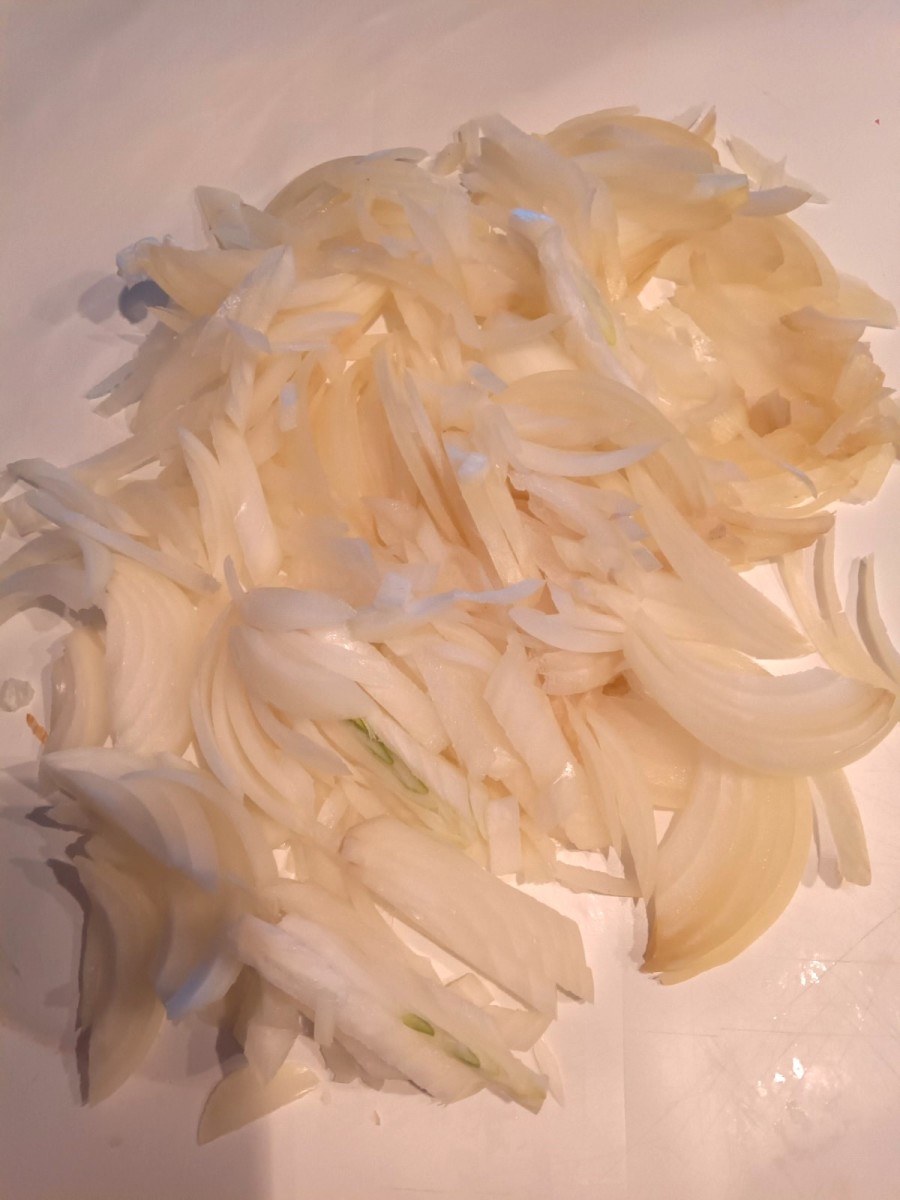
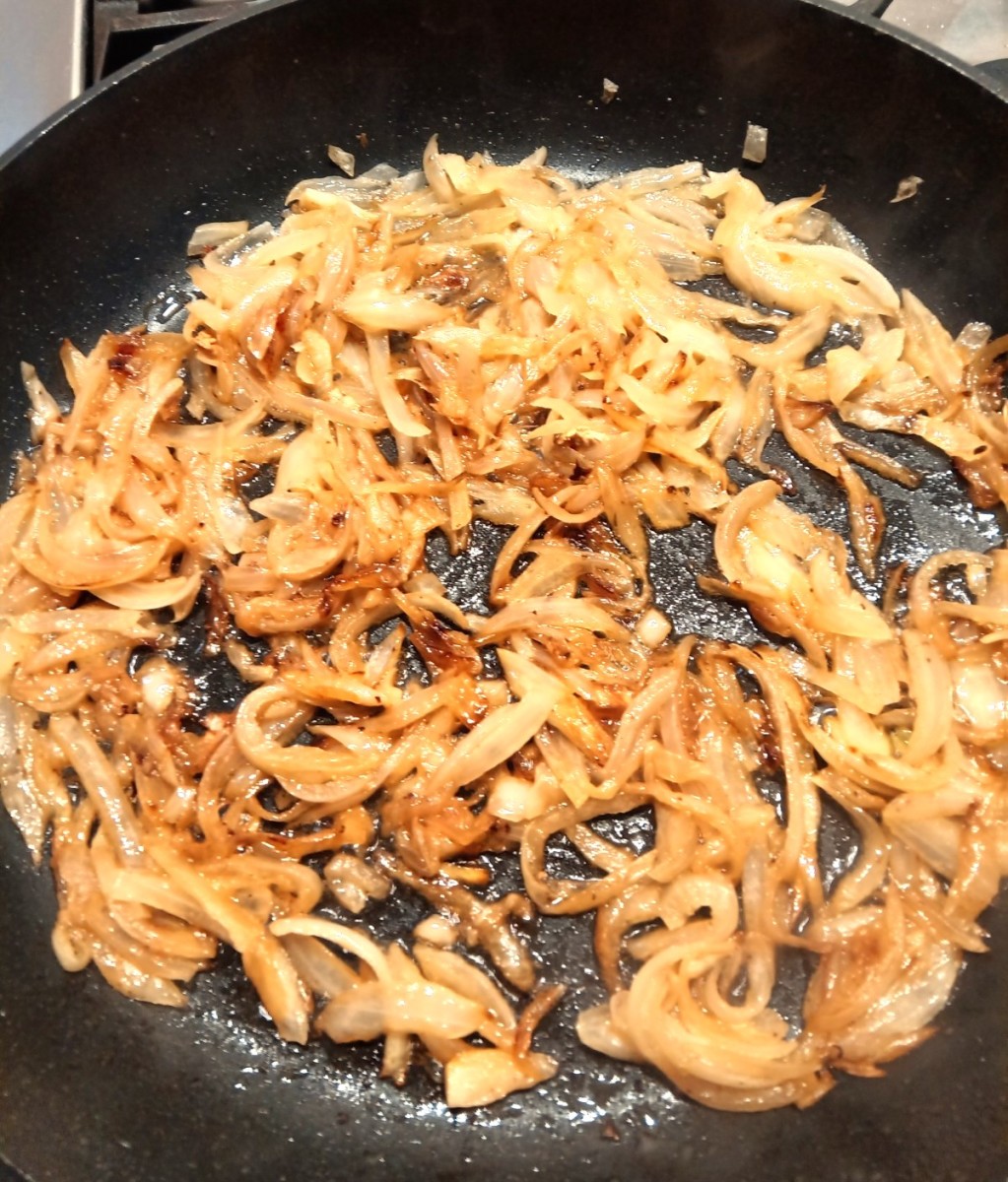
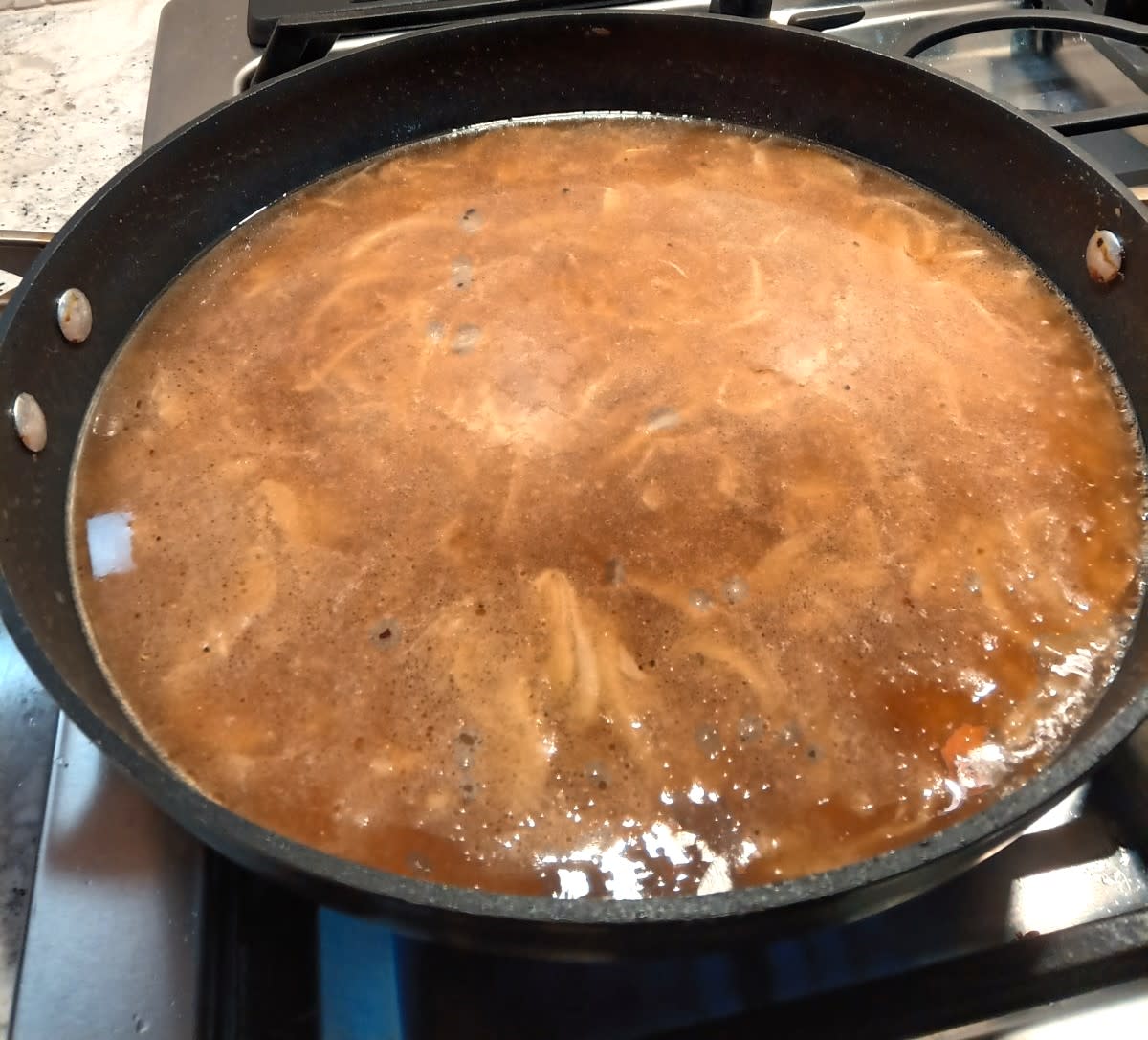
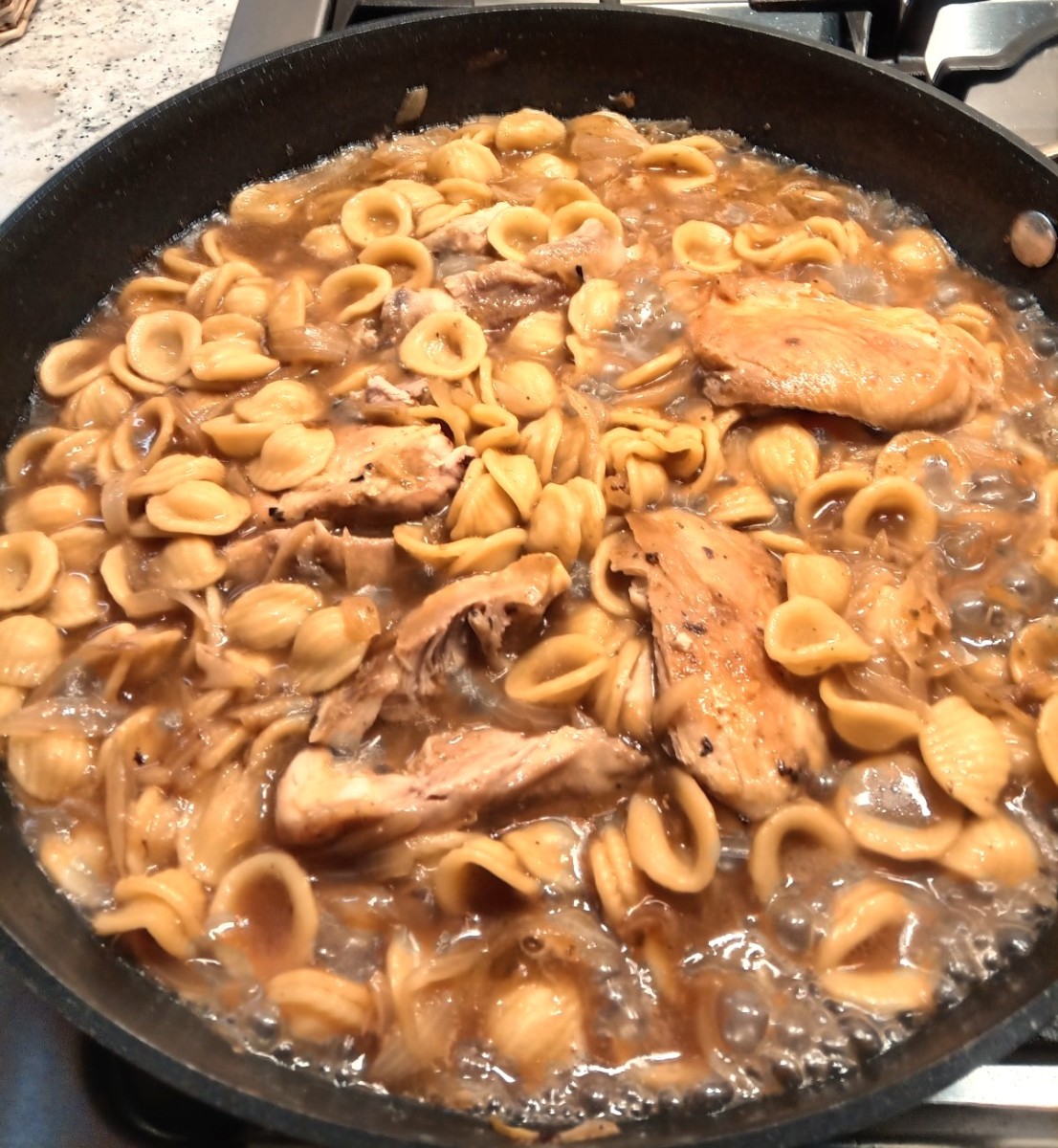
.jpg)







